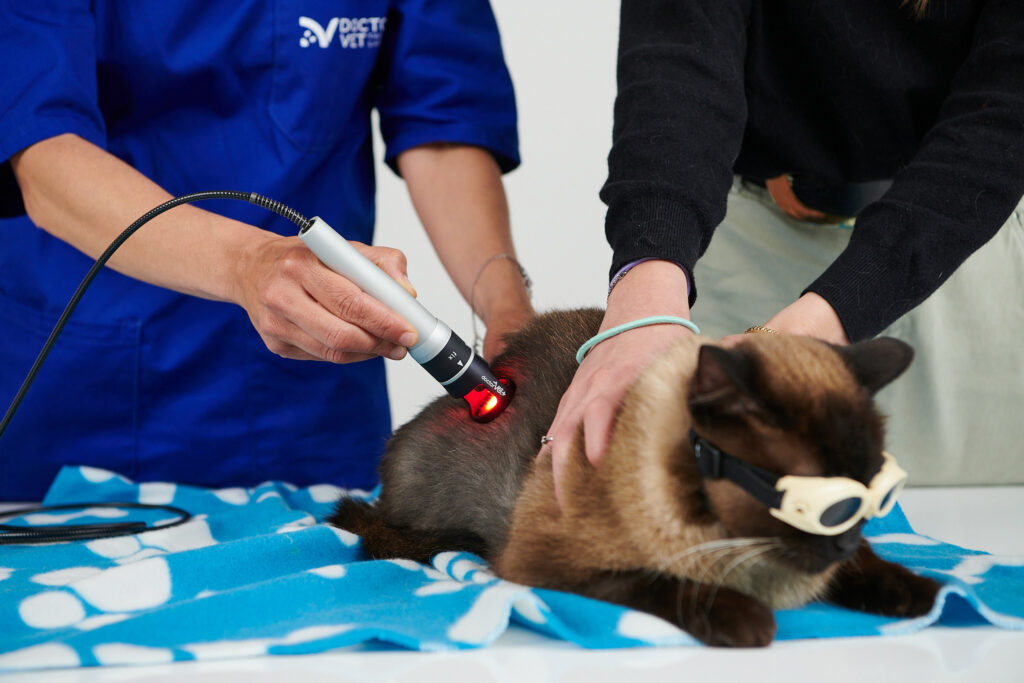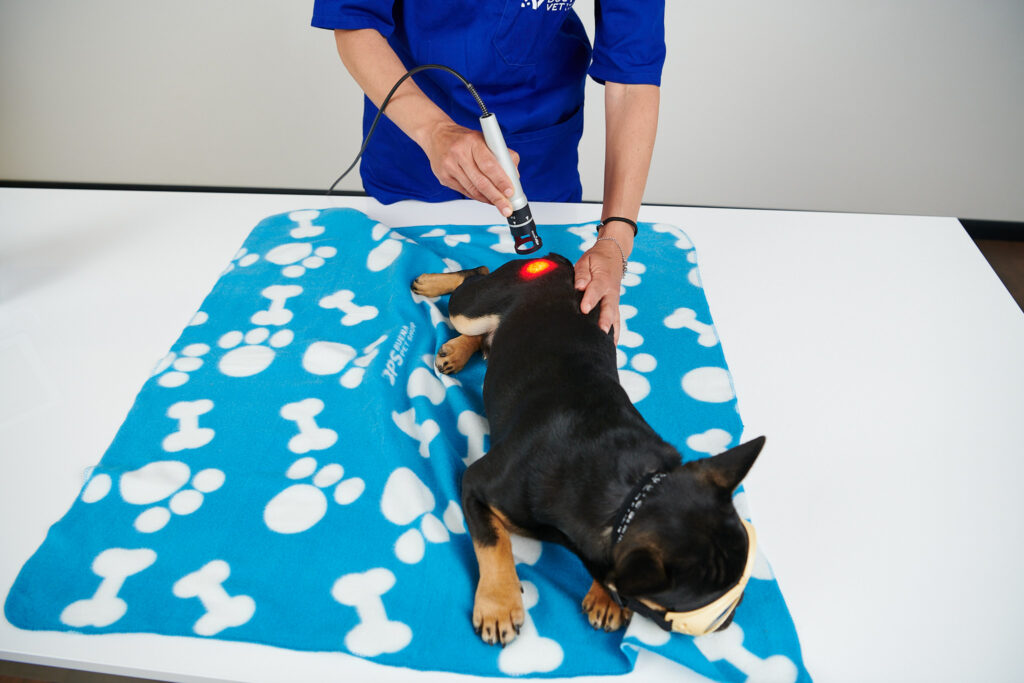Numerous articles demonstrate the benefits of laser therapy on the nervous system, both central and peripheral. Although many of them are experimental, there is a growing number of articles that demonstrate how laser therapy is highly useful at a clinical level.
Macrophages play an important role in the nervous system repair process, as they do in other tissues (see inflammation control). When a nerve requires repair, the damaged ends are sealed and macrophages phagocytose the axonal remains. The Schwann cells remyelinate the regenerating axon and release the axonal growth factor. Astrocytes also play an important role in this regeneration process. However, astrogliosis occurs in certain wounds. This changes the molecular expression, causes the formation of scars and leads to the inhibition of axonal regeneration in serious cases1.
Regulation of the interaction between the macrophages and the astrocytes has been observed following an injury in the spinal cord, inhibiting the formation of scar tissue and producing a reduction in M1 macrophages (pro-inflammatory phenotype)2. This is not only seen in phenotypic changes to the macrophages but a reduction in pro-inflammatory cytokines has also been demonstrated3. This regulation process leads to neuronal regeneration and recovery from the injury.
The benefits of laser therapy in neurology were demonstrated in the article published by Dr. Draper in 2012, in which laser was applied over five consecutive days following a hemilaminectomy in a total of 35 dogs. The group treated with laser began to walk in 3-5 days on average (this group included 17 dogs), while it took the control group 14 days (this group included 18 dogs)4.

An increase in ATP levels has also been seen in various neurological pathologies, as well as a circulation improvement. Another suitable use of laser therapy has been observed in various injuries based on transcraneal application5, 6.
When treating the peripheral nervous system with laser therapy, we recommend treating the affected nerve as well as the spinal cord segment corresponding to the nerve root exit7.

Seeing is believing!
Book a demo now to learn how DoctorVet works!
Laser produces an analgesic effect through various channels (see analgesia) and is helpful in the treatment of neuropathic pain8.
In order to make the most of laser therapy in our neurological patients, it is essential to understand how laser therapy acts in general and to understand the pathology of the patient, while having a very clear idea of the objectives sought from the therapeutic laser.
DoctorVet is a helpful tool for various pathologies of the nervous system, with specific spine and neck protocols. Depending on the pathology, these protocols can be combined with those for deep infection and/or inflammation. The hand tools used may vary depending on the treatment zone and how the patient feels. The sweep technique should be used.

Via dell’Impresa, 1
36040 Brendola (VI)
VAT 02558810244
C.R. VI 240226
© Copyright 2016-2021 LAMBDA S.p.A. | Privacy Policy